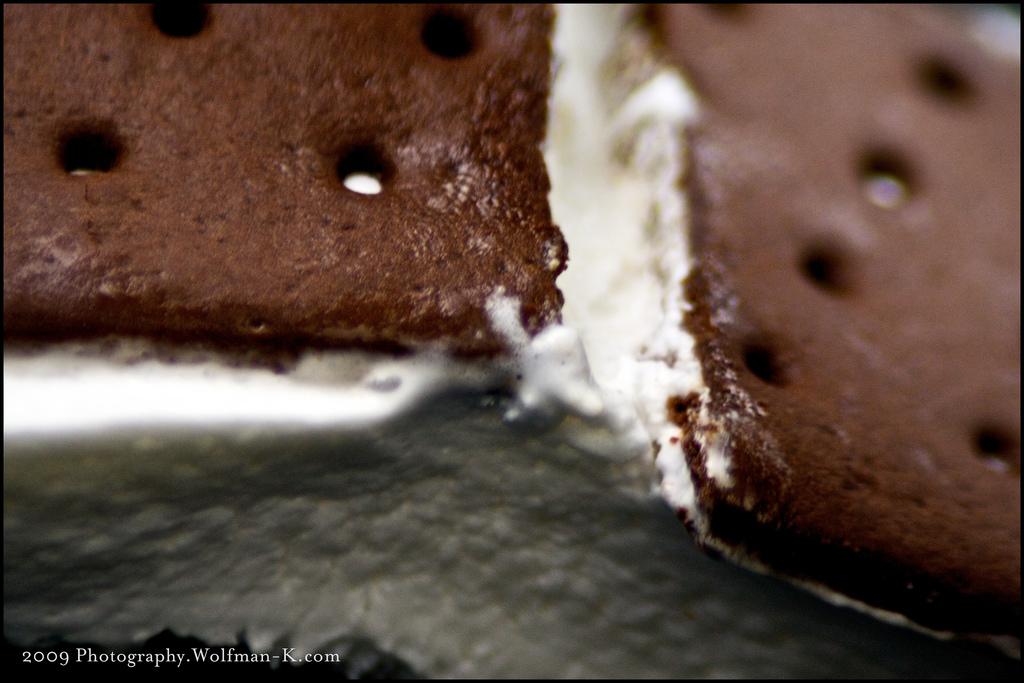Why are some brands of ice cream ‘meltier’ than others?
In July 2014, a Cincinnati woman created national headlines when she made a shocking discovery about ice cream sanwiches. Consumer reporter John Matarese with Cincinnati TV station, WCPO, even covered it.
July is National Ice Cream Month. Last July, a Cincinnati woman made national headlines when she made a discovery that shocked her.
After sitting out for hours in the summer heat, an ice cream sandwich still appeared intact and just slightly melted. What gives? What natural (or unnatural) ingredient could make this frozen treat withstand 80 degree temperature?
Maya Warren, an ice cream expert and doctoral candidate in food science at the University of Wisconsin thinks she has the answer. Warren says the ice cream sandwich did, in fact, melt.
“But the structure itself did not collapse, which is really, really, really cool, to say the least," Warren says.
An ice cream sandwich is made up of more than just ice cream and an outer crust, she says. Ice crystals, air cells, fat globules all hold the shape of the ice cream and keep it from collapsing. What the Cincinnati woman probably encountered, Warren says, were the remaining ingredients after the ice crystals had melted and evaporated — leaving ice cream “foam.” That's the fat globules, air cells and sugars, still in the shape of the sandwich.
But is melting rate something that is consistent in ice cream from brand to brand? What helps ice cream keep its shape even as it warms up? Warren says there’s actually little need for binding agents, such as gelatin, in ice cream.
"Actually, you know, we can use something that's free and that we’re in every day: air,” Warren says.
Air helps ice cream retain its shape, she says, and it’s a measure of ice cream quality, called “overrun.” The more overrun, the more air that is in the ice cream and the more that it is going to help retain its shape. A brand, like Haagen-Dazs, has about 27 percent overrun whereas Edy's ice cream has approaching 100 percent overrun, Warren says.
“When you go to the grocery and you're like, “Why is this pint of ice cream $5 versus this pint of ice cream is $2, you know, usually the $2 pint has a bit more air in it versus the $5 pint. You are kind of paying what you get for,” Warren says.
Science Friday conducted its own not-so scientific experiment. Three ice cream cones were observed as they melted to determine which melted fasted and which best retained its shape.
“At the end of the day, all ice cream will melt, but does all ice cream collapse? That's the real, real question," Warren says. "Microstructure’s really, really key in ice cream."
Warren finishes her Ph.D. this summer. She’s working on a possible television show about frozen desserts around the world, exploring and explaining food science. She has experience with TV — she was part of a two-person team that won a recent season of The Amazing Race.
Still, becoming an ice cream scientist is a dream job.
“You can definitely, definitely look into becoming an ice cream scientist, a candy scientist, a cheese scientist, a hot dog scientist. You name it, you can pretty much do it all. Anything we eat, anything that we wear, anything that we sit in has a science behind it.”
